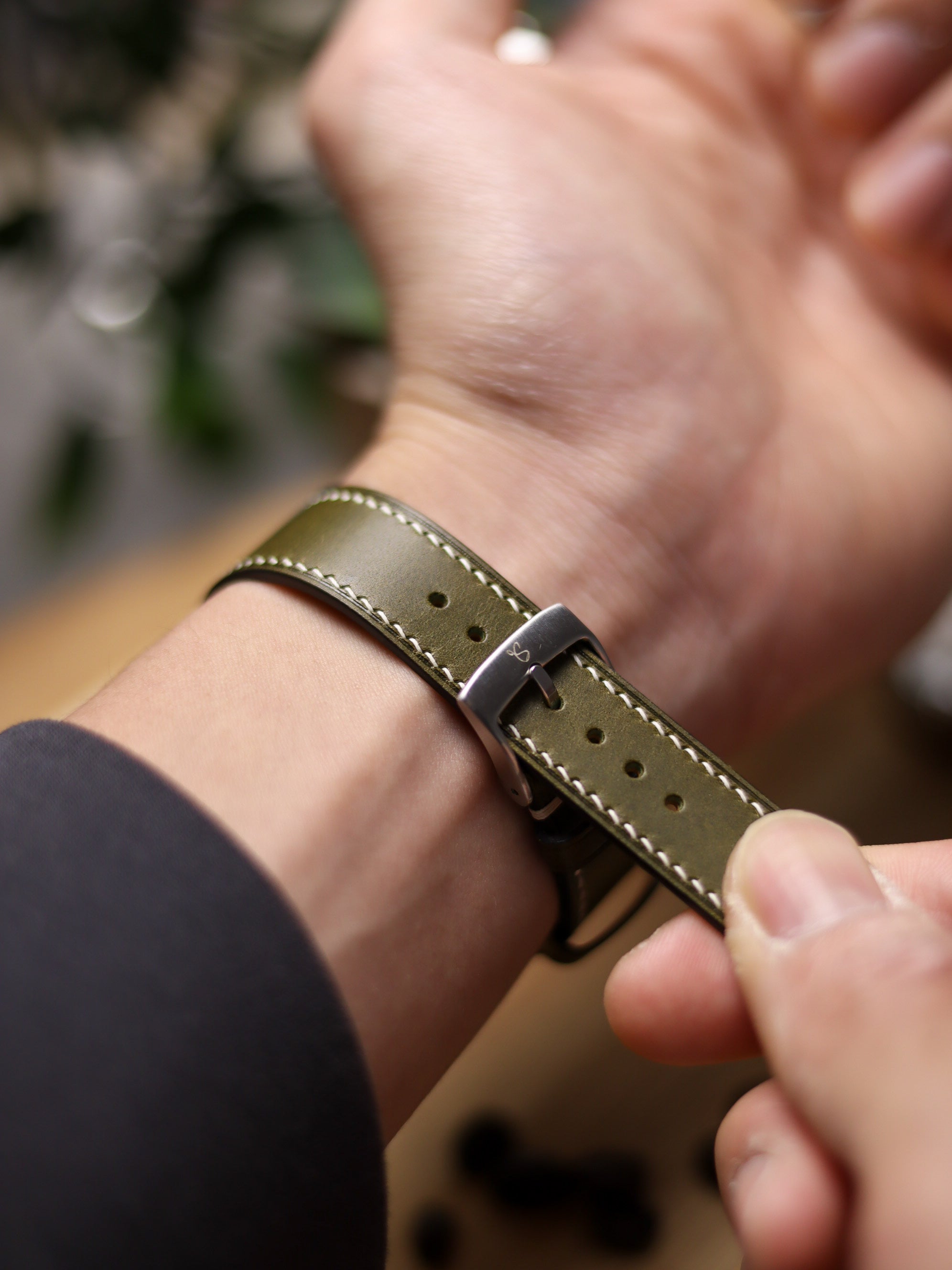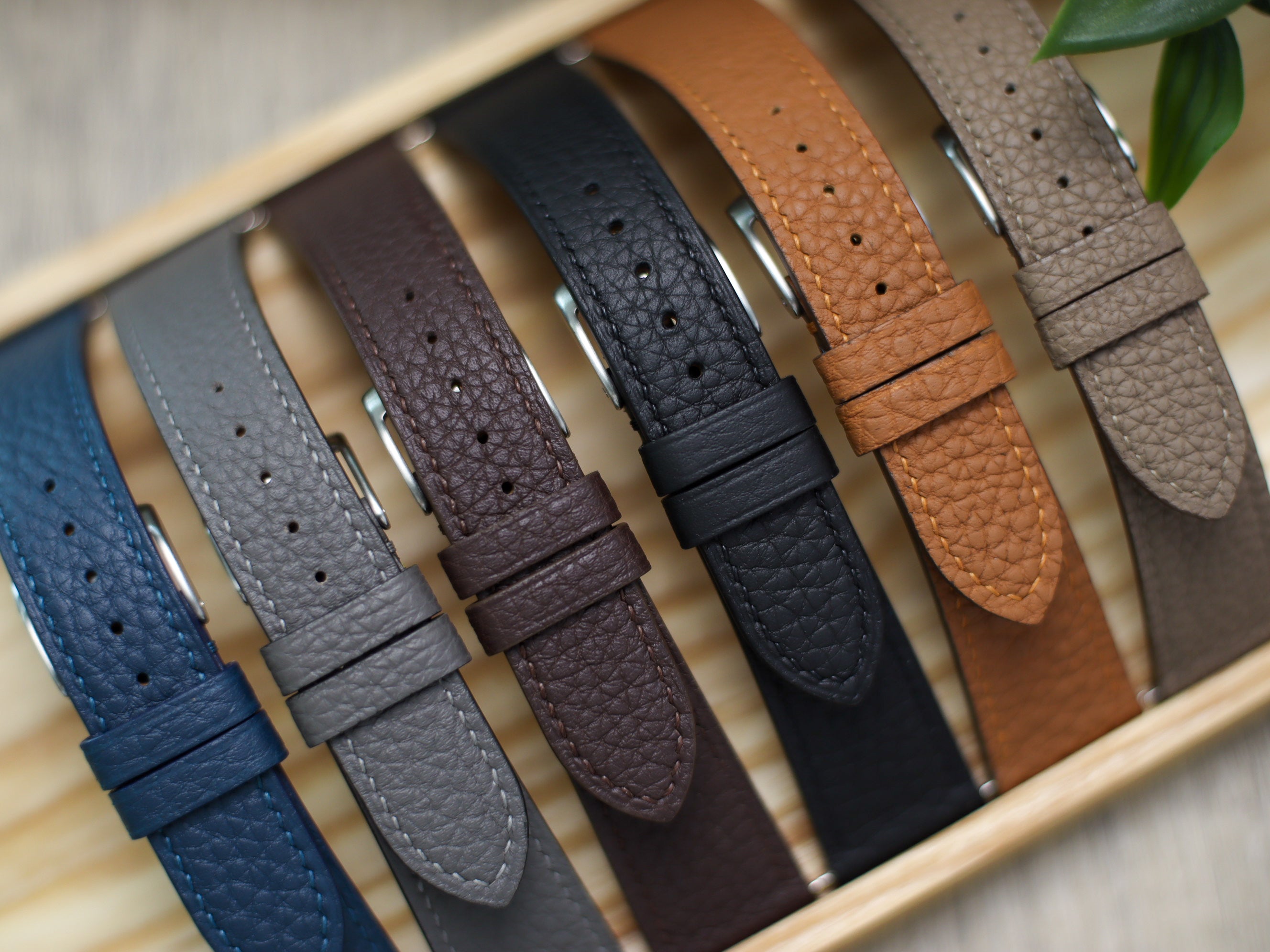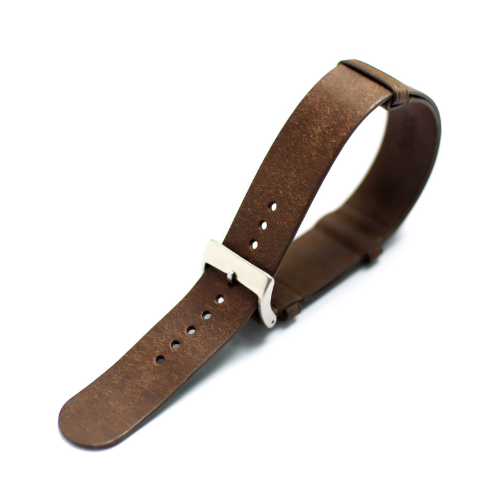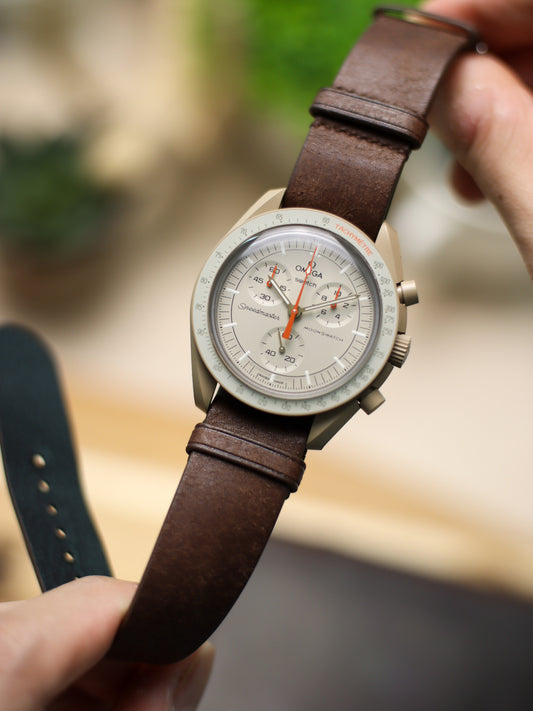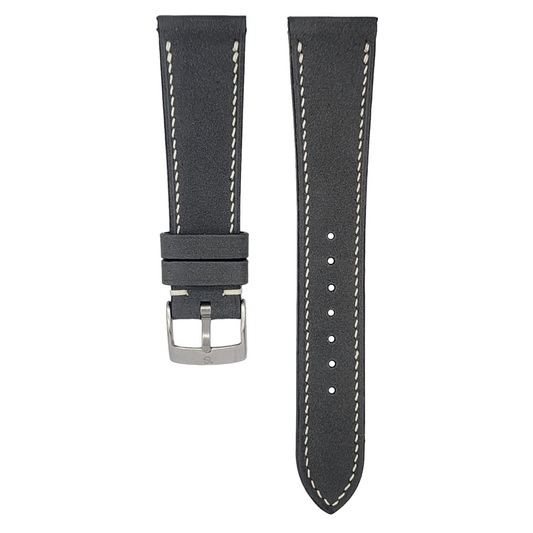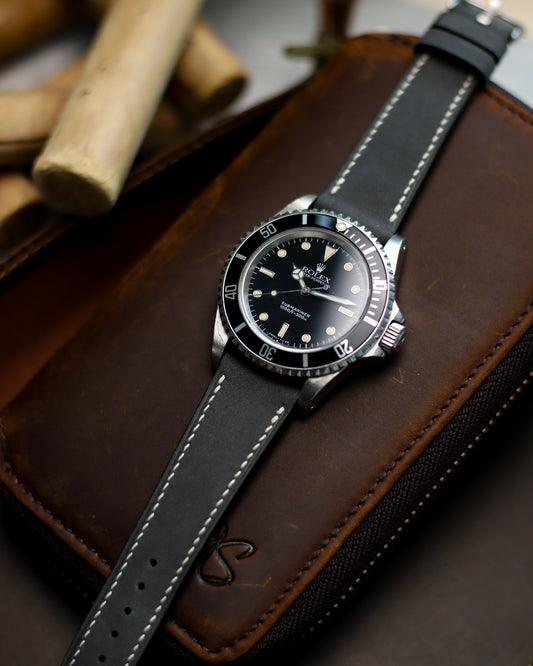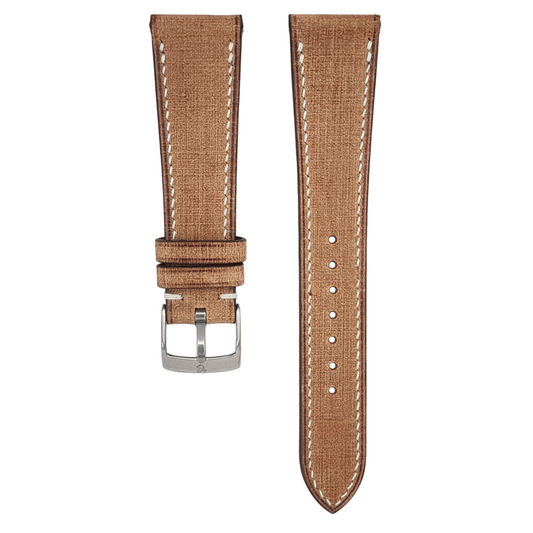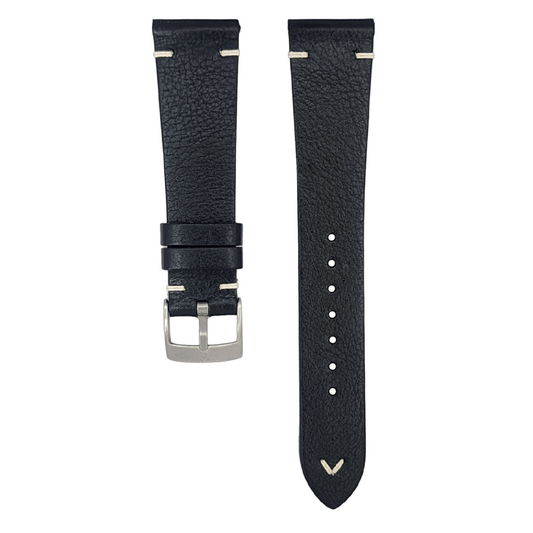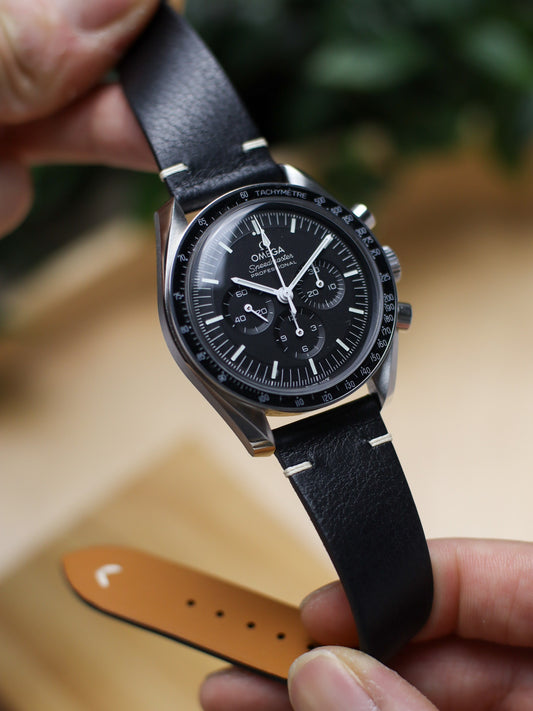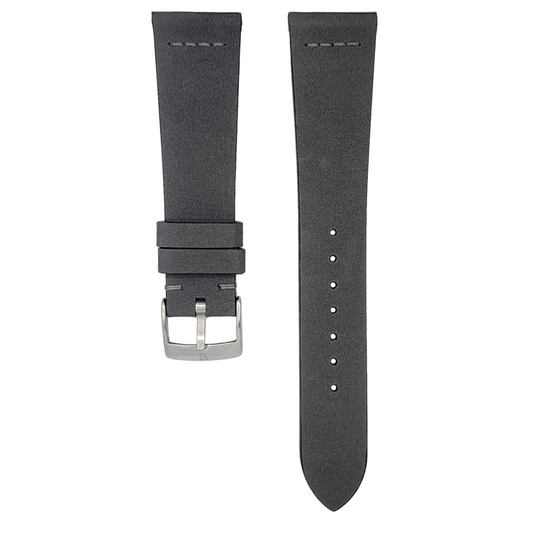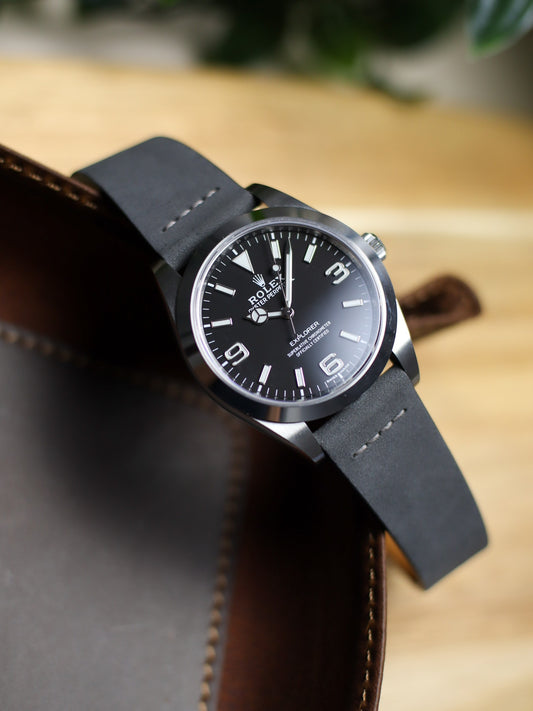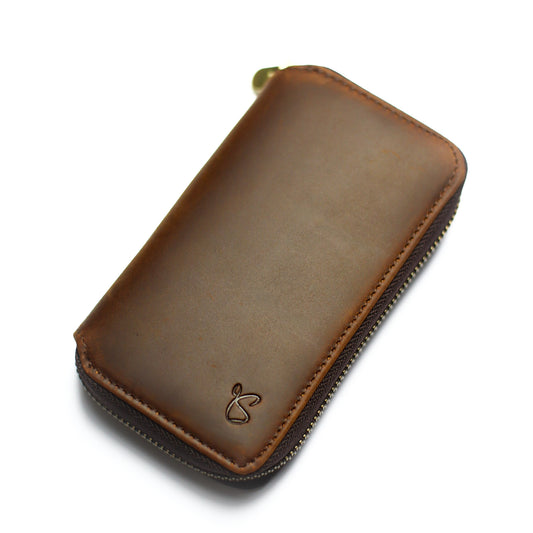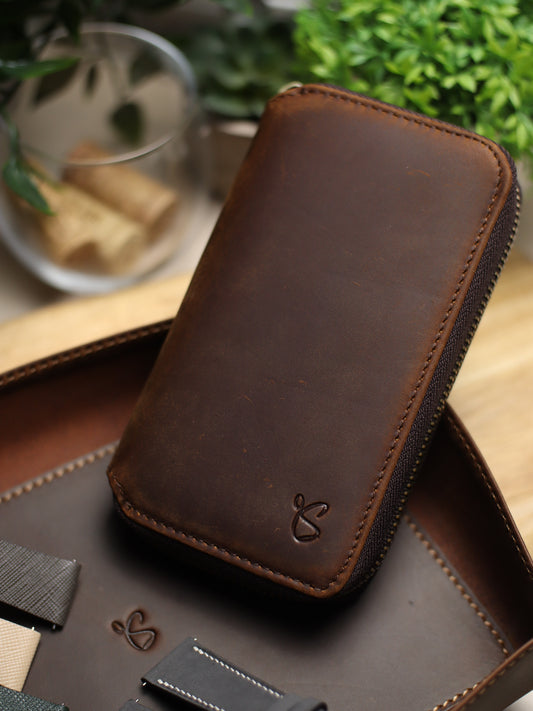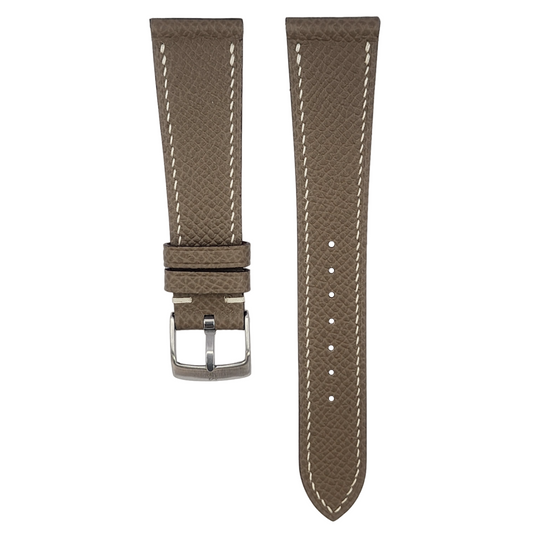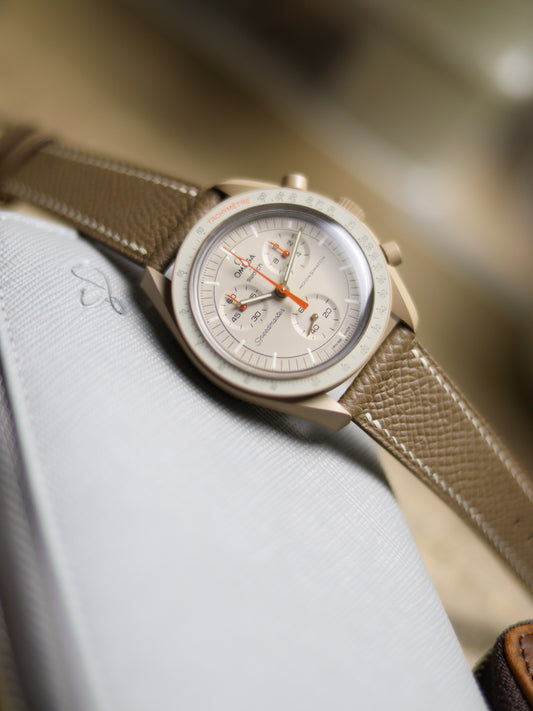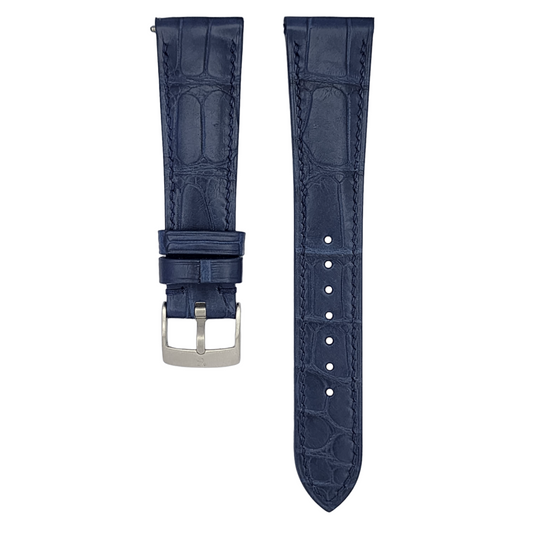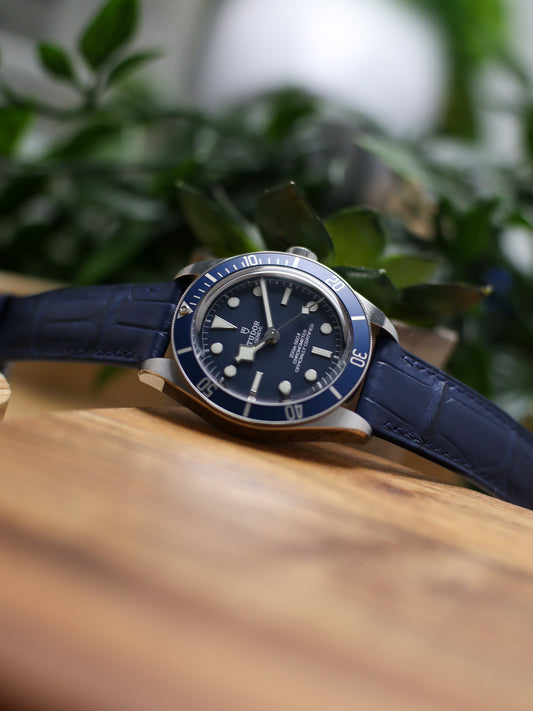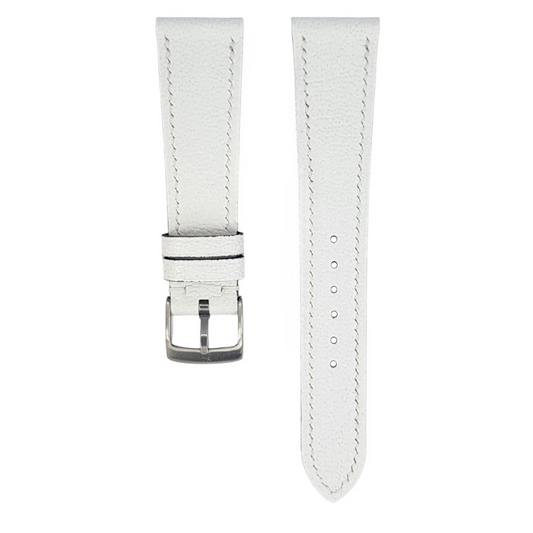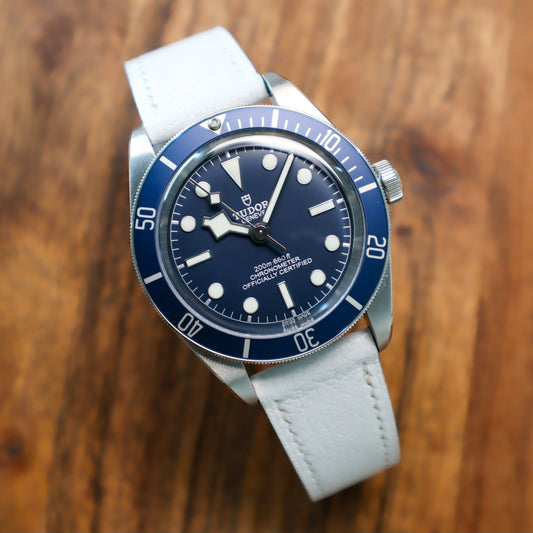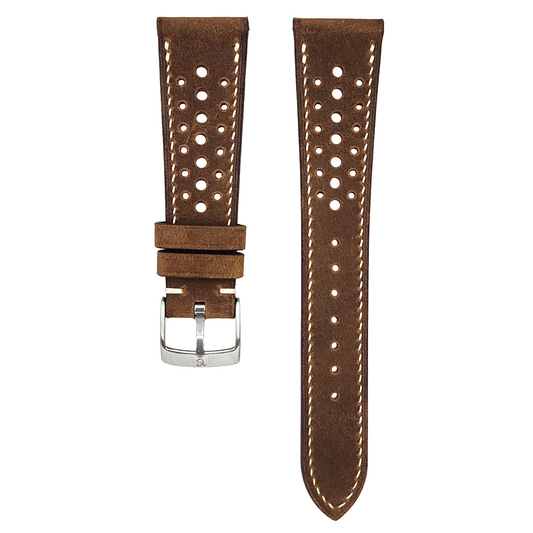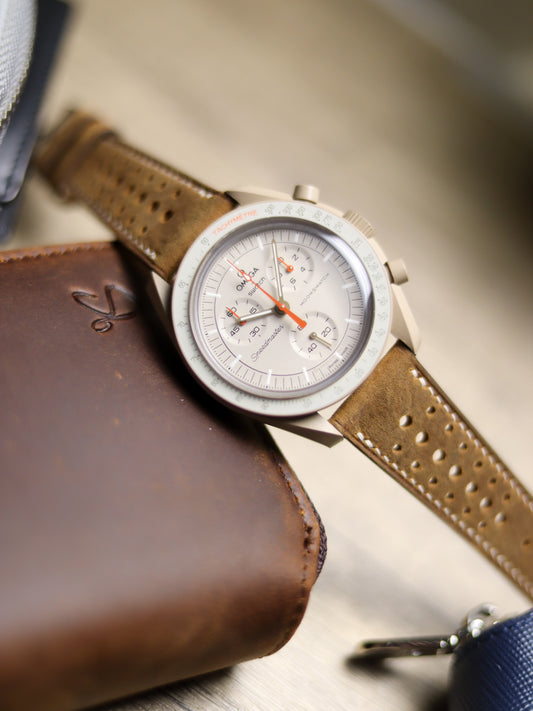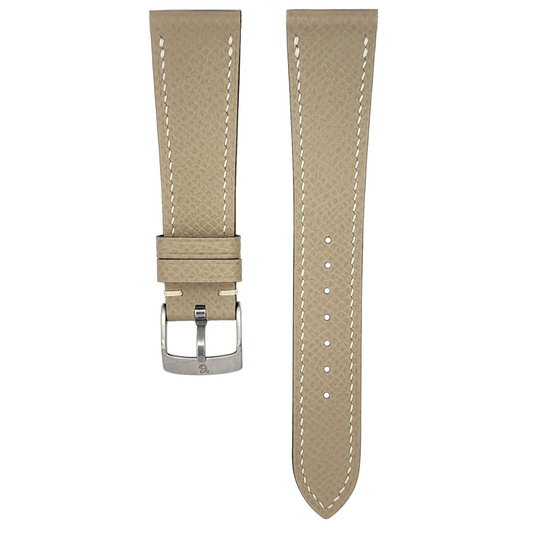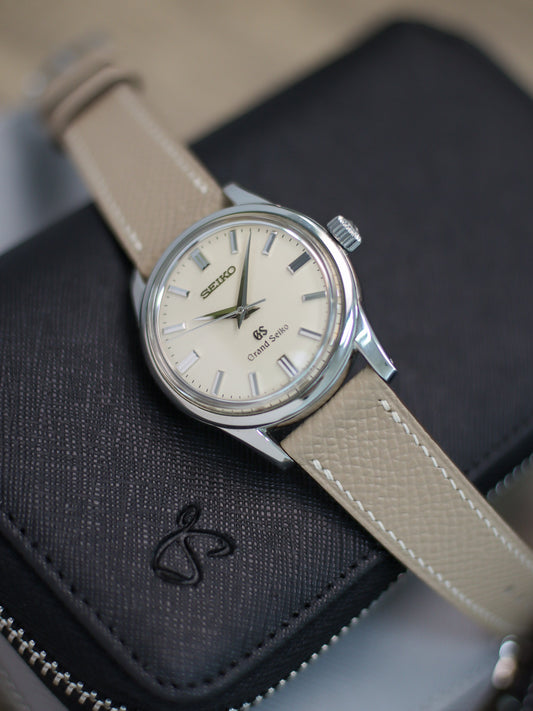Lug Width Fitting and Strap Sizing Guide
Finding the ideal watch lug width and selecting the right strap size is crucial for achieving a comfortable and aesthetically pleasing fit. In this simple 2-step tutorial guide, we will walk you through the step-by-step process through a list of frequently asked questions to determine the perfect watch lug width and selecting the appropriate strap size for your wrist. Let's get started!
Step #1: Determine Watch & Strap's Compatibility
Needless to say, this is probably the most important first step to determine if your watch strap is designed to be compatible with your watch.
Regular Straight Lugs
Our Everyday Straps collection would fit ALL watches with a regular straight lug fit. This includes watches that comes ready fitted in either a regular straight spring bar leather strap, nato strap, or bracelet. Speaking of bracelet, simply remove the bracelet to check on the watch lug area to determine its compatibility with our Everyday Straps collection.
Integrated Straps, Specific Adaptors and Inserts, e.g. Apple Watch etc.
Our Exclusive Straps collection is designed to cater toward watches that would require more specific requirements and measurements, based on its unique lugs and strap connectors. Do note that we may not be able to cater towards all watches of such, but we are certainly always on a look out to expand our Exclusive Straps collection for a wider variety of watches that requires a more specific attachment and fit.
Step #2: Determine The Right Fit
Determining the right fitting straps comes in two main aspects:
The right fit for your watch and the right fit for your wrist.
1. The right fit for your watch
Our lug width measurements are typically labelled with two main measurement number metrics e.g. '20-16'. The first number (a) represents the strap's lug width measurement, to match with the lug width measurement of the watch case (b), while the second number (c) represents the strap's buckle width measurement.
To determine the lug width measurement of your watch, simply retrieve them from the product's specification information (commonly found on the respective brand's website), or measure by hand using a ruler or caliper from one lug end to the other (c).
* Do note that watches that requires a curved spring bar are typically designed for watches with lug holes drilled closer to the watch's case. We do not recommend fitting a standard straight spring bar to fit a watch designed to be fitted with a curved leather strap as it may possibly damage the spring bar and leather strap itself.
A curved leather strap can be purchased here through our custom strap listing.
2. The right fit for your wrist
There are certainly a few methods to go about getting the right strap size to fit your wrist. However, nothing beats a quick and accurate measurement of your wrist size to ensure the perfect fit (you'll also thank yourself for future strap purchases!)
Determine your wrist size
- Wrap a measuring tape around your wrist just below the wrist bone or slightly under, depending on your watch wearing preference.
- If you do not have a measuring tape, you can also use a string or a strip of paper and mark the point where it overlaps.
- Measure the length of the string or paper strip with a ruler or a measuring tape to determine your wrist circumference.
Determine your preferred fit
- Consider the type of fit you prefer for your watch wearing experience. Slightly snug, or slightly loose, you decide!
- Keep in mind that the ideal fit should be comfortable to wear throughout long hours, with decent space allowance for some movement on your wrist.
Calculate the ideal strap length:
(e) represent the long tail end length while (d) represents the short buckle end length (e.g. 105-65mm means that the length of the long tail end length is at 105mm while the short buckle eng length is at 65mm.
- If you prefer a snug fit, subtract about 2-4mm (0.08-0.16 inches) from your wrist circumference to account for the strap's thickness.
- If you prefer a looser fit, add about 8-10mm (0.3-0.4 inches) from your wrist circumference.
- Just note that a little "tail" at the end of the strap can be exposed if the strap length chosen is slightly longer.
For ease of reference, here's our strap sizes that will fit your respective wrist sizes:
Leather Straps:
- Small (105-65mm): Can accommodate wrist sizes between 140-170mm (5.5-6.7 inches)
- Medium (115-70mm): Can accommodate wrist sizes between 160-190mm (6.3-7.5 inches)
Military Straps:
- Small/Medium (265mm): Can accommodate wrist sizes between 140-190mm (5.5-7.5 inches)
- Medium/Large (280mm): Can accommodate wrist sizes between 160-210mm (6.3-8.2 inches)
Elastic Bands:
- Small (120mm): Can accommodate wrist sizes 150-160mm (5.9-6.3 inches)
- Medium (130mm): Can accommodate wrist sizes 160-170mm (6.3-6.7 inches)
- Large (140mm): Can accommodate wrist sizes 170-180mm (6.7-7.1 inches)
Pro-Tip #1: Found your wrist size in the middle of two strap length sizes? Our recommendation is to always size up. This gives you ample allowance to wear the strap without the risk of it being too tight/snug.
Pro-Tip #2: If you already have a strap that you are comfortable with in its length and fit, simply give it a quite measurement of both ends of the straps and you're good to go!
Custom Watch Straps
If the above sizes still do not fit, or you simply want to customize your watch straps, you may do so here.

